The plate evaporator is an evaporation device that uses metal plates instead of round tubes as heat transfer elements. It employs a diversion channel with a corrugated plate structure to uniformly distribute the flow of the medium and adopts a countercurrent heat exchange form to fully exploit the heat exchange efficiency of the plate evaporator. The material and steam channels are alternately combined by the same plates through sealing gaskets or welding.
The product and heating medium flow in a countercurrent direction within their respective channels. The appropriate distance between plates and special plate shapes generate intense turbulence, resulting in ideal heat transfer. The intense heat transfer causes the product to boil, and the generated steam drives the residual liquid to form an upward-climbing liquid film that enters the steam channel of the plate assembly. The residue and steam are separated in the separator of the next stage. The wide inlet channel and upward movement ensure an ideal distribution across the entire cross-section of the heat exchanger.
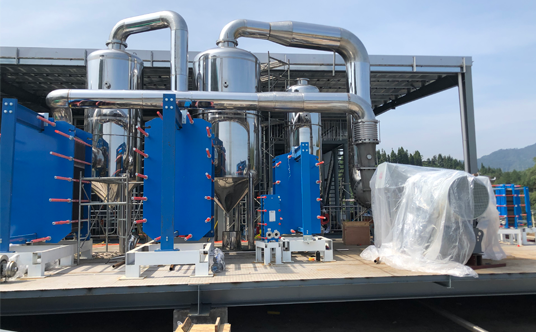
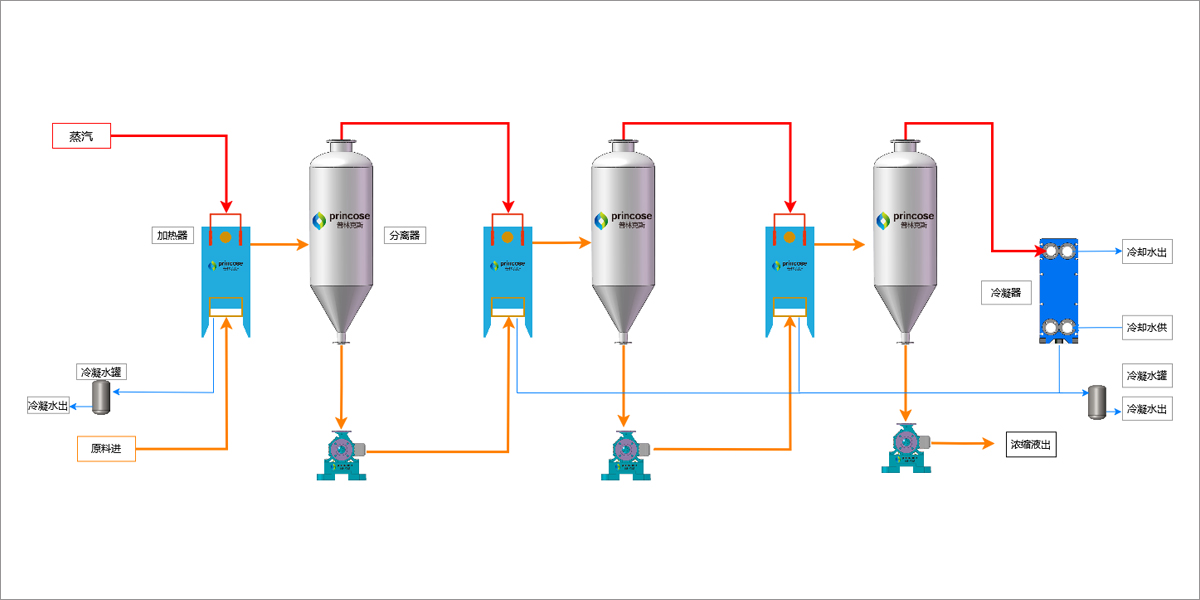
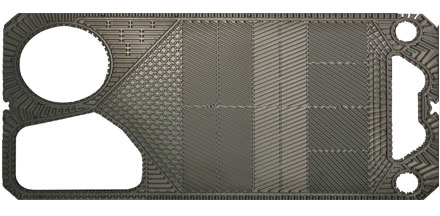
The special corrugated plate design creates high-intensity turbulence in the fluid, allowing uniform flow of hot and cold fluids across the entire plate without dead zones for heat exchange, resulting in a high heat transfer coefficient and excellent evaporation performance.
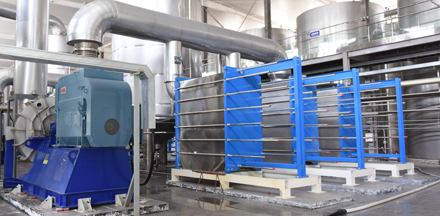
The compact structure, small volume, and minimal external surface area reduce heat loss. Additionally, it can operate with small temperature differences between the ends, saving compressor power and reducing energy input.
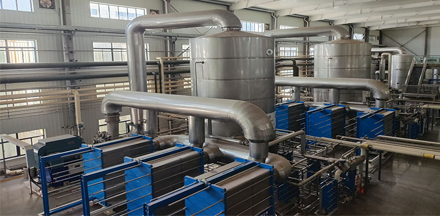
The detachable heat transfer elements of the plate evaporator can be easily assembled and disassembled, facilitating the increase of evaporation area or maintenance.
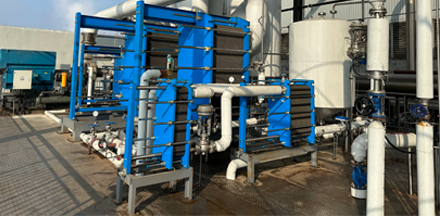
The sealing device between the plates is equipped with a sealing structure and signal holes. In the event of a leak, the leaked fluid can be discharged outside the evaporator, serving as a safety alarm.
Rich experience in process planning and equipment manufacturing
Customized Process Solutions
The project scope ranges from experimental testing of material parameters, to determination of process plans, to drawing, procurement, manufacturing, installation, debugging, training, and ultimately equipment delivery

Career
Professional
build Brilliant
Future
Proficient in industry/Achieving the future
